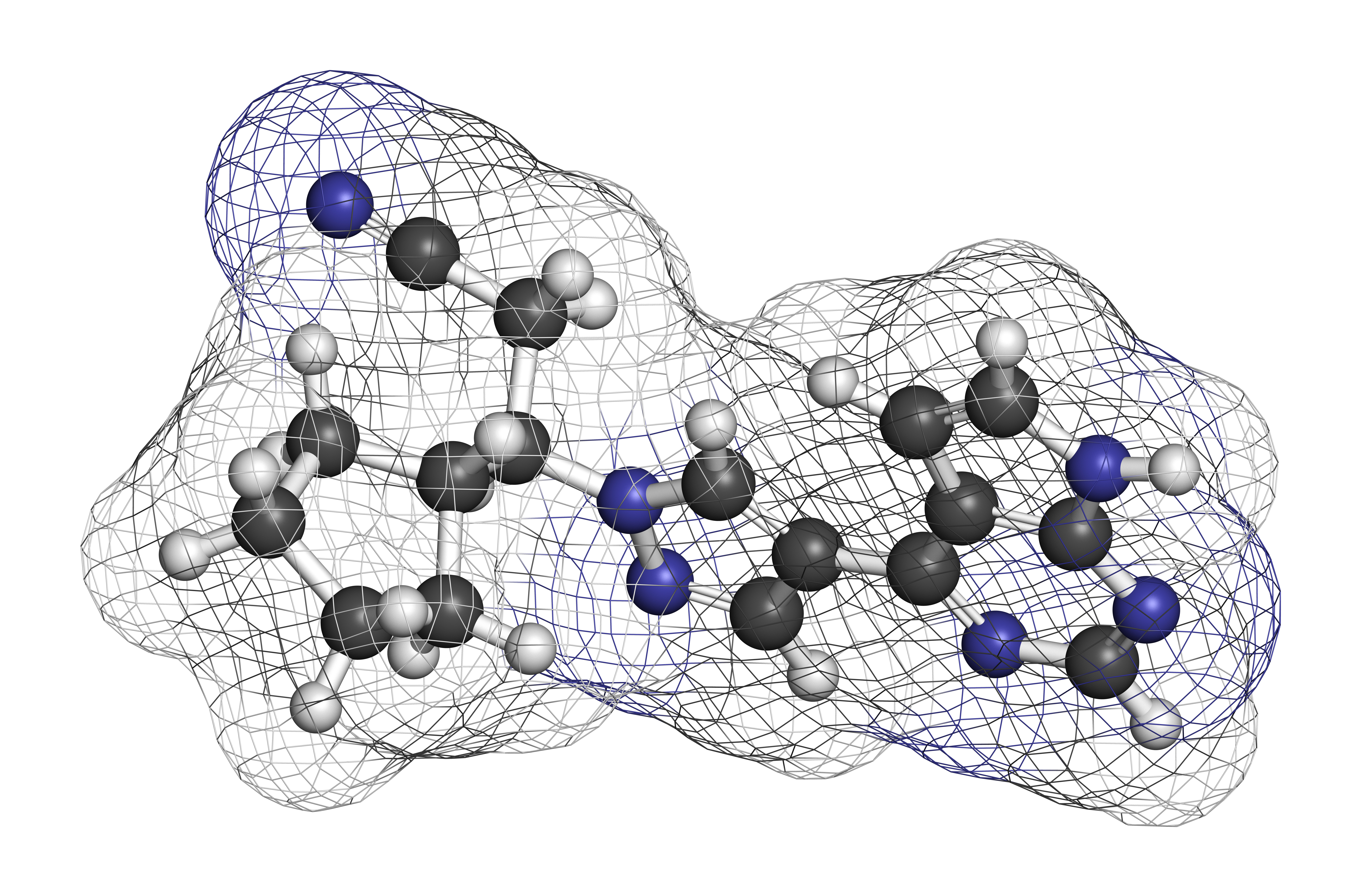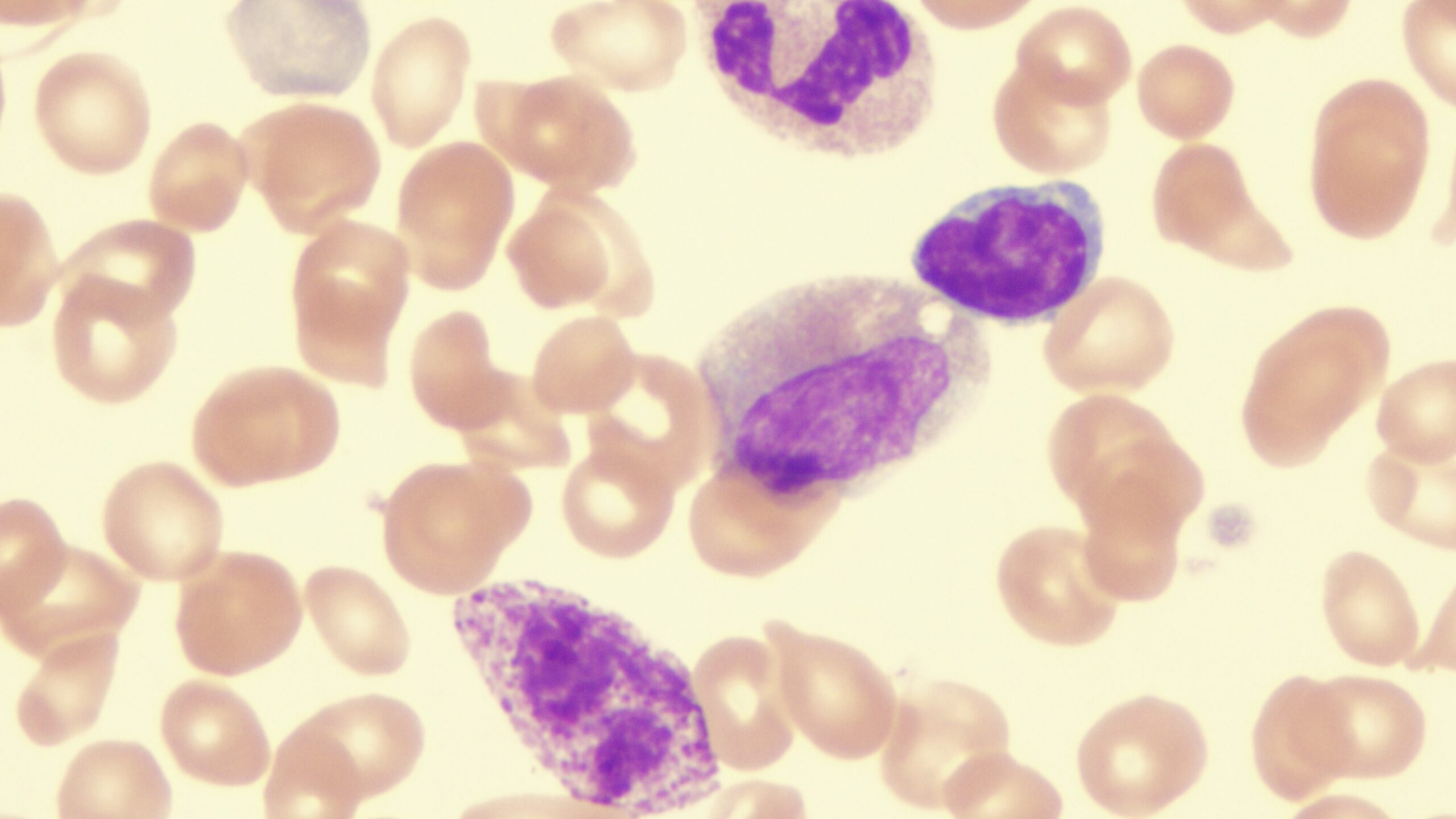How Is Machine Learning Augmenting Decision Making in Myelofibrosis Care?
By Adrián Mosquera Orgueira, MD, PhD, Andrew Moreno - Last Updated: April 25, 2025Adrián Mosquera Orgueira, MD, PhD, is a hematologist at the University Hospital of Santiago de Compostela, Spain, and group leader for Computational and Genomic Hematology at the Health Research Institute of Santiago de Compostela.
Dr. Mosquera Orgueira is also part of a research team from the European Society for Blood and Marrow Transplantation (EBMT) that conducted a study on using machine learning to predict survival following allogeneic hematopoietic stem cell transplantation for myelofibrosis. The study was published in Blood,1 and Dr. Mosquera Orgueira spoke with Heme Today about its findings.
“We do have a need to improve risk stratification in chronic myeloid malignancies before allogeneic stem cell transplantation, and particularly for myelofibrosis, because of the huge toxicity that is associated with transplantation,” Dr. Mosquera Orgueira explained.
The study assessed whether machine learning tools could help identify in which patients, based on their predicted post-transplant survival, transplantation would be a reasonable approach and whether a particular machine learning model performs best. This involved data collected from more than 5,000 patients in Europe who had undergone allogeneic transplant for myelofibrosis and for whom both pre-transplant baseline and outcome data were available.
With their methodology, which tested several different machine learning models, the team successfully identified high-risk patients. They also found that the Random Survival Forests model performed the best and that its results were the most generalizable for patients out of all the evaluated models.
“We discovered that the Random Forests Survival model was the best tool, which is actually not unexpected because these kind of decision-tree-based models work very well for tabular data,” Dr. Mosquera Orgueira stated.
At the end of the study, the team found they had a great deal of machine learning-based information that would be useful to clinicians who manage myelofibrosis. To make this data accessible to clinicians in an approachable form, the team has deployed on the EBMT webpage a risk calculator constructed from their research. In this tool, a clinician can enter a patient’s information for 10 parameters and receive a risk prediction as an output.
Dr. Mosquera Orgueira feels that machine learning has been a “paradigm shift” in myelofibrosis management and has a promising outlook. He advised that ongoing work to develop machine learning for medicine should seek a “triple A” of producing tools that are “broadly available, readily applicable, and clinically actionable.”
“I think we’ll deliver tools that are not just academically interesting, but clinically important to enhance our decision making through data-driven approaches,” Dr. Mosquera Orgueira concluded.
- Hernandez-Boluda JC, et al. Blood. Published online March 27, 2025. doi:10.1182/blood.2024027287







 © 2025 Mashup Media, LLC, a Formedics Property. All Rights Reserved.
© 2025 Mashup Media, LLC, a Formedics Property. All Rights Reserved.